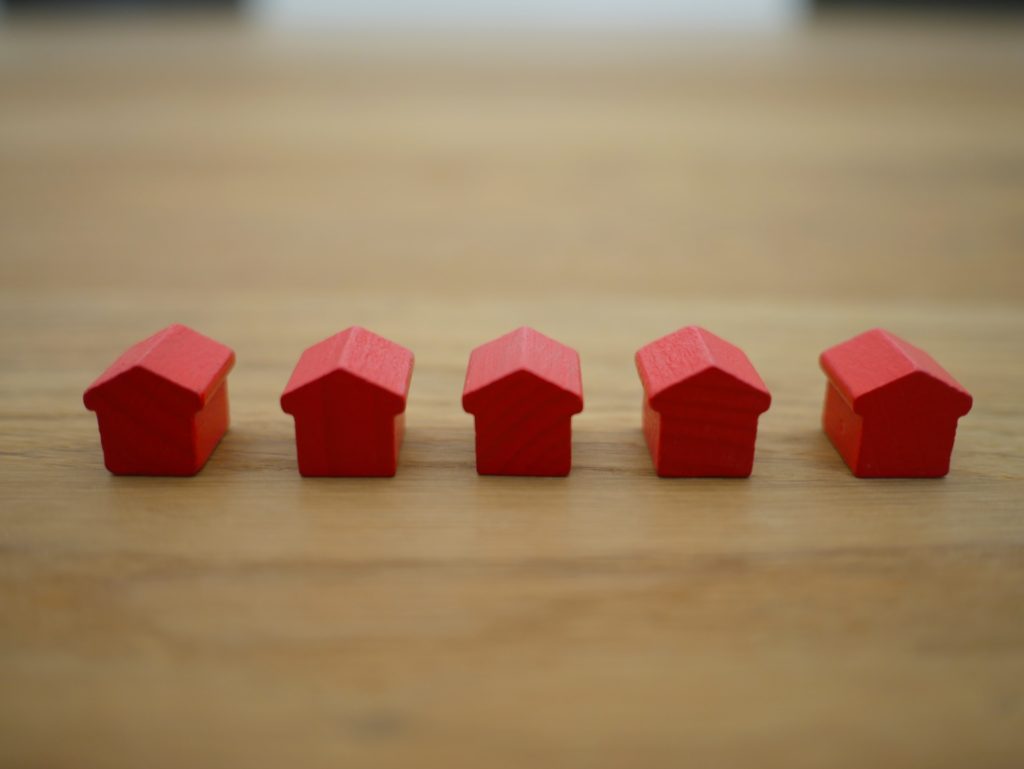[ad_1]

Property ownership is a hefty responsibility that comes with its fair share of obligations. However, what happens when those who own the turf fail to keep it safe? In this exploration of property owner negligence, we delve into the intricacies of seeking compensation for hazardous conditions that put lives and well-being at stake.
Understanding Property Owner Negligence: Navigating the Legal Landscape
When you entrust your safety to someone else’s hands, you expect a certain level of care. Property owners have a legal duty to ensure their premises are reasonably safe for visitors. When this duty is breached, it opens the door to potential compensation claims. Let’s break down the legal intricacies and examine how negligence plays a pivotal role in these cases.
The Anatomy of Negligence: A Closer Look at Hazardous Conditions
Negligence isn’t a nebulous concept; it has a face, and it often wears the mask of hazardous conditions. These can range from slippery floors and uneven walkways to faulty wiring or inadequate security measures. Identifying these hazards is the first step in establishing a case against a negligent property owner.
The Domino Effect: Consequences of Negligence on Victims
The fallout of property owner negligence isn’t confined to physical injuries alone. Emotional distress, financial burdens, and a diminished quality of life can be enduring consequences. Seeking compensation isn’t just about recovering medical bills; it’s about restoring balance and holding those responsible accountable for the ripple effect their negligence causes.
The Pursuit of Compensation: Navigating the Legal Maze
When a hazardous condition leads to injury, the injured party often wonders: How do I seek compensation? The legal process might seem like a labyrinth, but with the right guidance, it becomes a navigable terrain. Understanding the steps involved and the key elements of a successful claim is crucial. Contact Christensen Law Firm to make sure that your case is handled with the utmost care.
Consulting a Legal Maestro: Choosing the Right Attorney
In the legal realm, not all attorneys are created equal. Finding the right legal maestro to champion your case is paramount. A seasoned attorney can dissect the nuances of your situation, build a compelling case, and navigate the complexities of the legal system, ensuring your pursuit of justice doesn’t hit roadblocks.
The Art of Building a Case: Constructing a Solid Foundation
A successful claim is akin to a well-built structure—solid, resilient, and built to withstand scrutiny. To build a case that stands strong, thorough documentation is key. Photographs, witness statements, medical records, and any correspondence with the property owner contribute to the scaffolding of your case.
Negotiating the Legal Battlefield: Settlements vs. Trials
The majority of personal injury cases reach a resolution without the need for a courtroom showdown. Negotiations and settlements often pave the way for a faster resolution. However, the decision to settle or go to trial hinges on various factors. Understanding the dynamics of both options empowers the injured party to make an informed choice.
The Power of Legal Jargon: Deciphering the Language of Compensation
Legal documents can be a labyrinth of jargon, leaving the uninitiated bewildered. Understanding the language of compensation is vital. From economic damages like medical expenses and lost wages to non-economic damages encompassing pain and suffering, grasping the terminology ensures you’re not lost in translation when seeking rightful compensation.
Time Ticks: The Statute of Limitations
In the realm of personal injury claims, time is not your ally. The statute of limitations imposes a deadline within which a claim must be filed. Understanding these temporal constraints is crucial; missing the window of opportunity could extinguish your right to seek compensation.
Embracing Prevention: A Call for Proactive Measures
While seeking compensation is crucial after the fact, a forward-looking approach involves preventing negligence altogether. Property owners should embrace proactive measures, conducting regular inspections, addressing potential hazards promptly, and implementing comprehensive safety protocols. Prevention not only safeguards individuals from harm but also mitigates the likelihood of legal entanglements.
Community Advocacy: Raising Awareness for Collective Well-Being
The fight against property owner negligence extends beyond individual cases. Engaging in community advocacy raises awareness about the importance of responsible property ownership. By fostering a culture of vigilance and collective well-being, communities can create a network of support that encourages everyone to take an active role in ensuring the safety of public spaces. It’s a collective effort that transcends individual cases, contributing to a safer and more conscientious environment for all.
Closing the Chapter on Negligence
Property owner negligence casts a long shadow, but seeking compensation is a beacon of hope for those navigating its darkness. Understanding the legal terrain, building a robust case, and enlisting the expertise of a seasoned attorney are pivotal steps in this journey. Remember, it’s not just about compensation; it’s about holding the negligent accountable and fostering a culture of responsibility in the realm of property ownership.
[ad_2]
